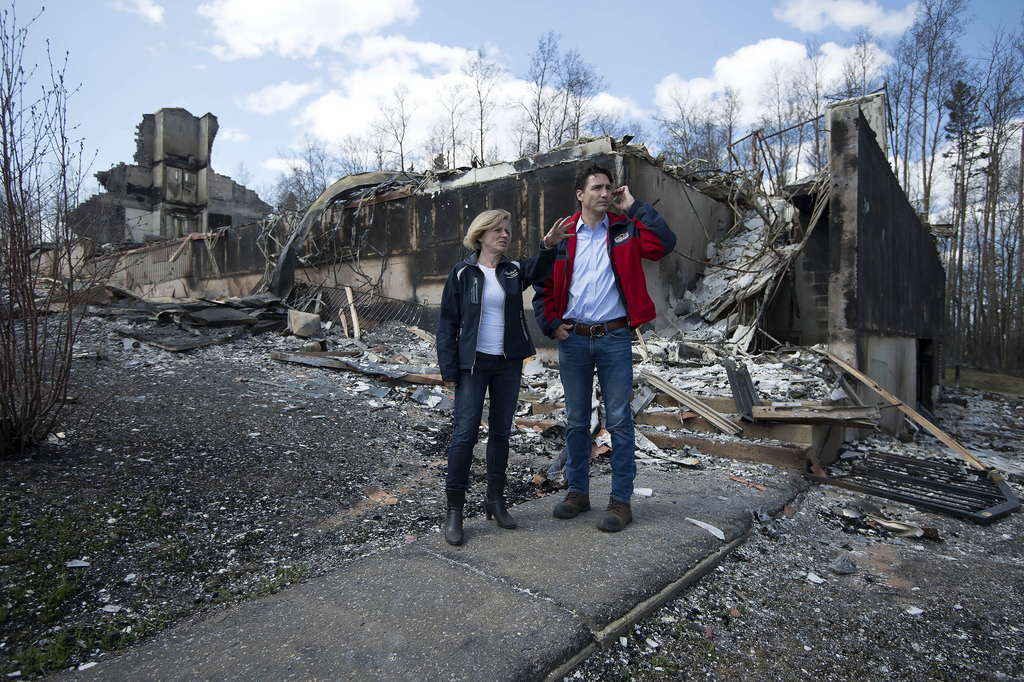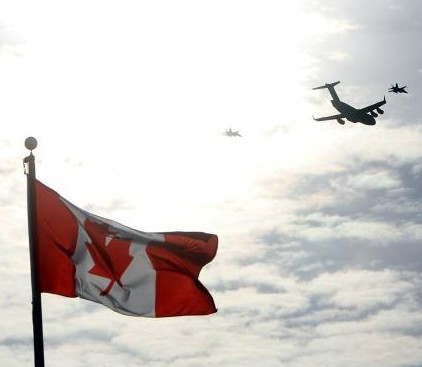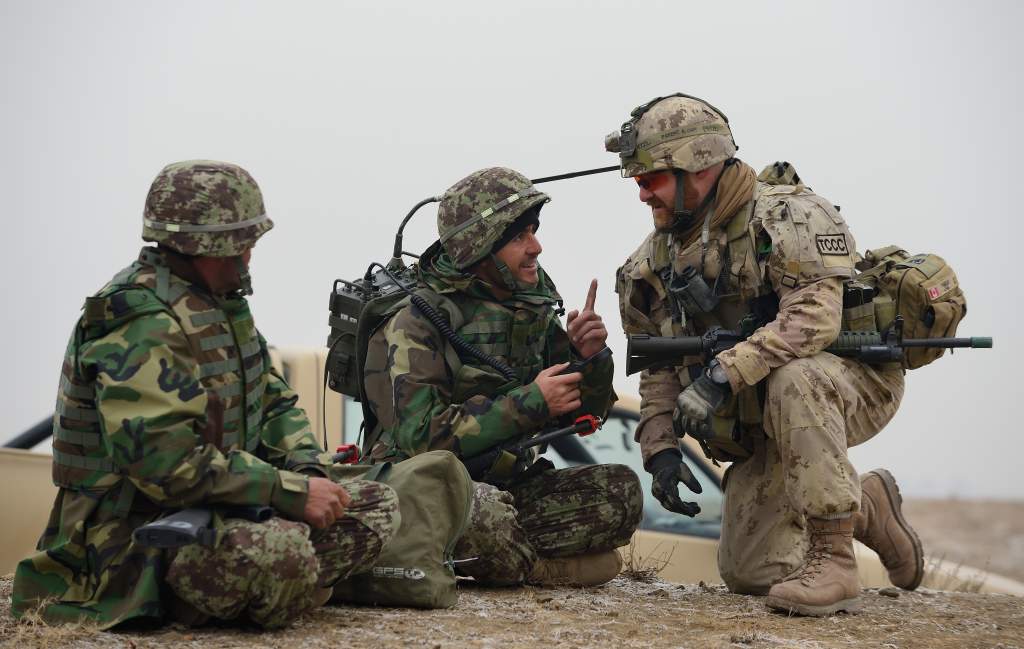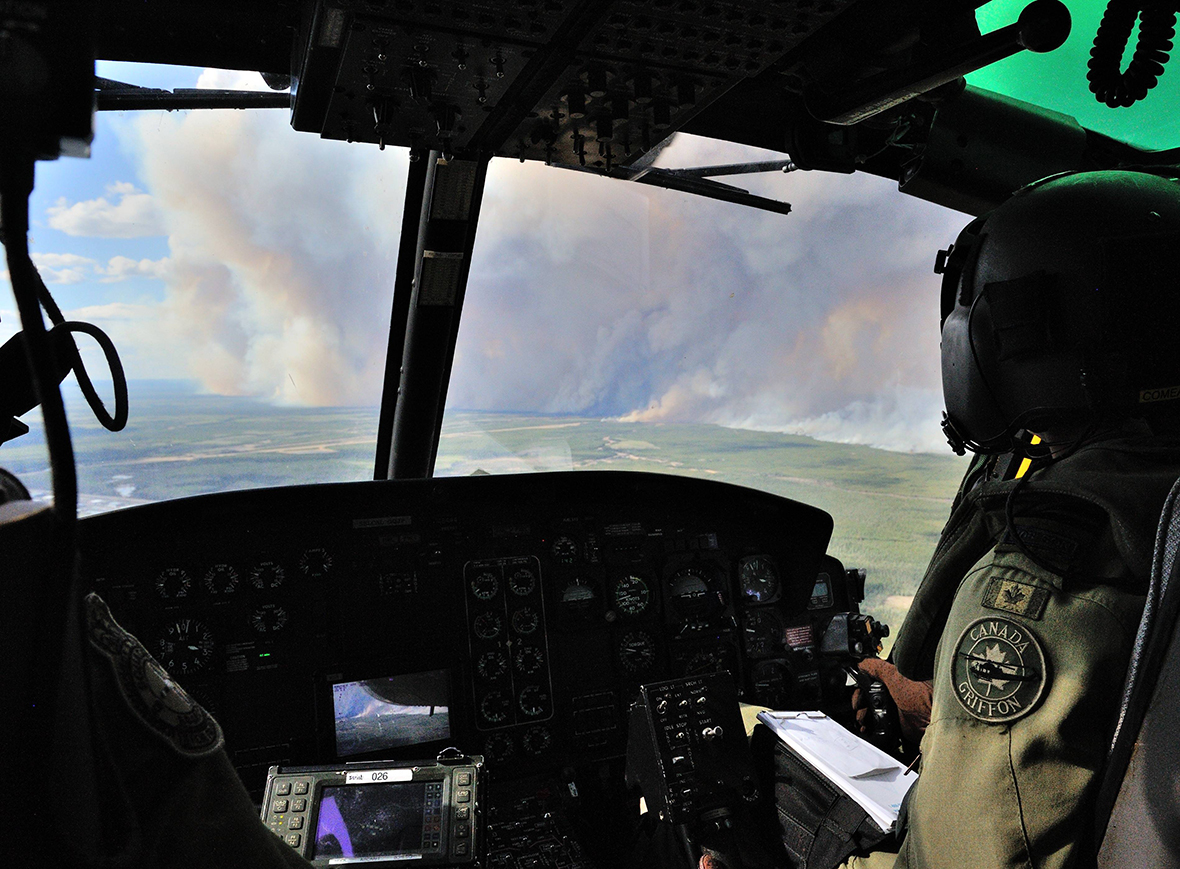Approximately 45% of Canada’s total land area is forested and so it is little wonder that large-scale wildfires frequently break out across the country in the midst of dry summer heat. Unfortunately, these wildfires occasionally threaten communities with devastation, as most recently experienced by Fort McMurray, Alberta, when wildfires in May 2016 caused untold property damage and prompted the evacuation of nearly 90,000 people. However, Canadians might be surprised to learn that, though fires know no borders, there is no national approach to fighting wildfires.
In fact, each provincial and territorial government has its own approach to aerial firefighting. Newfoundland and Labrador, Nova Scotia, Ontario, Quebec, and Saskatchewan each own and operate their own fleets of waterbombers. Meanwhile, New Brunswick, British Columbia, and Yukon Territory contract privately owned and operated waterbombers, adjusting the tender based on expected conditions during the upcoming wildfire season. Manitoba has a government owned and operated fleet, while augmenting this with two additional waterbombers from Westman Aerial Services, a contractor based out of Brandon, Manitoba. Alberta and the Northwest Territories each have government-owned aircraft fleets, which are operated by contractors. Finally, Nunavut and Prince Edward Island have no aerial firefighting assets.
This patchwork system gradually took shape in the wake of the 1993-1995 federal budgets, when spending for the Canadian Forest Service was gradually halved. Provincial and territorial governments sought to fill the vacuum left by the diminished role of the federal government in firefighting. However, the devastating impact of the 2003 Okanagan Mountain Park wildfire, which destroyed approximately 240 homes in Kelowna, British Columbia, seemed to draw attention to the inadequacy of a province-only approach. In 2005, the Canadian Council of Forest Ministers met in Saskatoon, Saskatchewan and adopted the Canadian Wildland Fire Strategy (CWFS), which called for increased coordination between levels of government in fighting wildfires and for funding to be split evenly between the federal government on the one hand and the provinces and territories on the other.
Despite assurances from Prime Minister Stephen Harper that the newly elected Conservative government would honour the commitments made under the CWFS by the previous government, this funding model was never implemented. The lack of CWF implementation prompted the provincial leaders of British Columbia and Saskatchewan in July 2015 to call for the development of a new national wildfire strategy and the adoption of a new funding model prior to the 2016 wildfire season, though this also was not accomplished. The aforementioned Fort McMurray wildfires have brought yet more pressure upon the new Liberal government of Prime Minister Justin Trudeau to uphold the CWFS and show leadership on firefighting.
There have been some promising signs in this regard. In June 2016, the Canadian Council of Forest Ministers convened in Dawson City, Yukon Territory and jointly adopted the document “Canadian Wildland Fire Strategy: A 10-Year Review and Renewed Call to Action” with an updated call for federal leadership. However, the press release accompanying the revised CWFS included statements from Alberta’s and BC’s forestry ministers emphasizing the need for joint action to prevent another disaster on the scale experienced by Fort McMurray, but it did not include any comments or commitments from the Honourable Jim Carr, the federal Minister of Natural Resources. Although it is certainly true that, with the decline in commodity prices worldwide, the federal government is experiencing significant budgetary pressures of its own, Canadians cannot afford another decade of delays.
Photo: Premier Rachel Notley and Prime Minister Justin Trudeau visited Fort McMurray to see for themselves the damage caused by a wildfire that prompted the evacuation of the city (2016), by Chris Schwarz via Flickr. Licensed under CC BY-ND 2.0.
Disclaimer: Any views or opinions expressed in articles are solely those of the authors and do not necessarily represent the views of the NATO Association of Canada.




